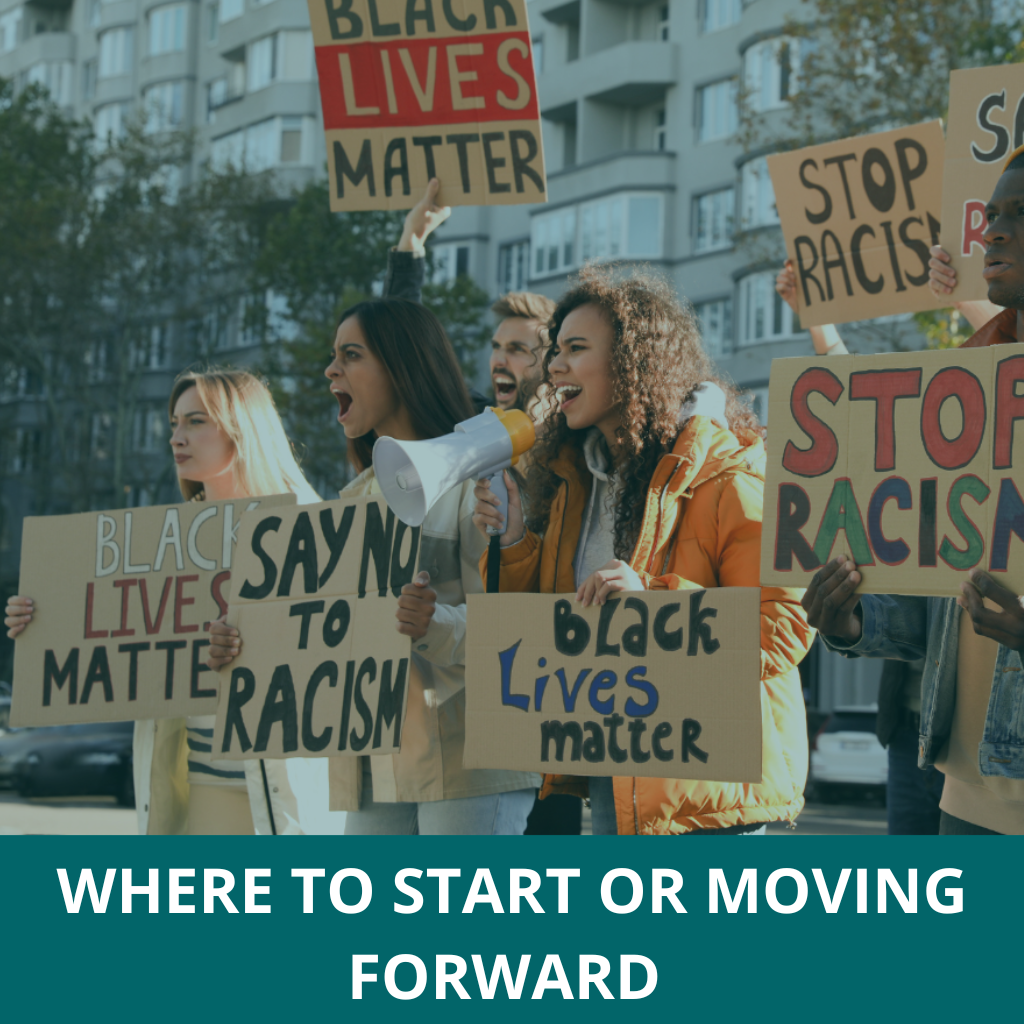The Introduction serves to orient the reader to the task of reading and using the tool kit. It includes information on why many people suggested and pushed for an anti-racist tool kit, what can be found in the tool kit and how to find and use the information contained within. One necessary step to undertaking this work is developing a common language and analysis. Groups that move forward without investing in shared language and values often find themselves stuck later, when they realize that team members are working from different assumptions and definitions, and thus may arrive at or buy into a different set of solutions.
Anti-racist Lawyering In Practice
Preface
Welcome to the anti-racist lawyering in practice website prepared by the Family Justice Initiative Race Equity workgroup. In creating this resource, we began with certain core concepts. First, we were directed and influenced by the voices of people who have experienced foster care as children in foster care or those threatened with removal, or as parents, families, loved ones and communities that have been impacted by the child welfare system. Secondly, we believe that as legal practitioners we have a duty to continually learn and educate ourselves on the topics of race, racism, bias, gender and sexual orientation discrimination, and how these topics and issues are manifested in the court system and workplace, in various systems (child welfare, carceral, health care, housing, etc.), and how these ideas and behaviors show up within ourselves and those we are in relationships with. Lastly, this resource website was developed to highlight practical strategies and approaches for practitioners to use in their client advocacy.
Introduction
Why an anti-racist lawyering initiative
Collected here is a set of authoritative and adaptable resources, ideas, checklists, instructions, and templates for defense practitioners and multi-disciplinary professionals to examine the harm that children—particularly Black, Native American/Alaska Native, and Hispanic children—have experienced in the child welfare system and to intentionally adopt culturally responsive approaches and legal acumen driven by the needs of parents, children, youth, and families.
This initiative is designed to translate theory into practice and meant to offer practical tips, advice, and guidance regarding emerging and/or evolving, as well as well-established legal processes and practices. The initiative can also create efficiencies, so attorneys and interdisciplinary teams do not have to recreate the wheel when other law firms and child welfare legal organizations have already implemented effective practices. Instead, we created tools that leverage resources already available and fills in gaps for what was not available. The initiative is organized with the following features in mind:
· Easy to navigate.
· Defines key terms and terminology that will be used throughout the document.
· Is organized by topic as well as by level of practice and aptitude (competency, proficiency, skill) regarding race equity issues.
· Written in a tone and language that respects the voice of parents, children, families, and the community.
· Creates opportunity to dialogue for a greater understanding and commitment to address issues of racial equity.
· Creates ways to keep us accountable to each other and support each other as we continue this work.
Provides guidance and actual examples of what practitioners and organizations of any size can use to apply an equity lens to their current operations and practices.
In developing the initiative, we collected content (case studies, data, templates, models, etc.) from a variety of organizations from various jurisdictions across the United States. The material was then vetted for accuracy, clarity, and ease of use, and will be updated as new material becomes available.
How the Initiative is Organized
While each section in the initiative can be read and used on its own, there is a method to the initiatives’ organization that should prove helpful. The first two sections are introductory.
The Importance of First-Person Narratives, Historical Context and Working in Multi-disciplinary Teams sets the framework for the material contained in the initiative.
As lawyers and members of multi-disciplinary legal teams, what can we learn, if anything, from the clients (children and parents) we represent? Can clients contribute more than the facts of their cases? Do they even trust us enough to share all the “key’ facts and issues
“Nothing About us without us.” Period. In developing these strategies, we took this saying seriously. The initiative was developed with ongoing work, guidance, and a review of the material by those with lived experience*, aka foster care alumni. Why? Because anything less would have been an intellectual exercise in telling the reader what we as legal practitioners think is “best”. We believe that these alumni possess an expertise that is not available anywhere else. The narratives set the stage for legal advocates to deeply ponder, pivot, and/or move further in meaningfully engaging and defending youth and parent clients. We must recognize young people and parent clients as equal and capable partners rather than service recipients. Voices and perspectives in legal advocacy of people other than attorneys results in better client outcomes when we work within multidisciplinary teams- the second foundational concept.
Lastly, this section includes a historical material and a timeline on the intersection of race and child welfare, with data and statistics that demonstrate the overrepresentation and bias in reporting and investigating abuse and neglect of Black, Brown, and Native children. Understanding the roots of racism as well as the ongoing assaults on the sovereignty of Native Americans helps explain why patterns of inequity and structural racism continue to persist.
These sample briefs, pleadings, and memoranda and language within them can be incorporated to educate the court, and other child welfare stakeholders, on issues related to the systemic racism in the client’s life or prevalent in the child welfare system, and its impact on families and communities.
- These strategies are designed to incorporate race equity concepts into legal practice to advance high-quality lawyering that achieves client goals.
This section provides ideas readers can implement as they get started on this race-equity/anti-racist work. Examples include, forming an interdisciplinary team, creating reading groups, adding to an organization’s mission statement, forming an internal committee, and creating trainings for staff, etc.
This section includes an index which includes various articles, reference material as well as links to multimedia content, as well as a glossary.
This section encourages legal practitioners to stay the course, commit to continuing to learn and grow, and to explore some promising practices and concepts related to changing child welfare as it is currently known.







